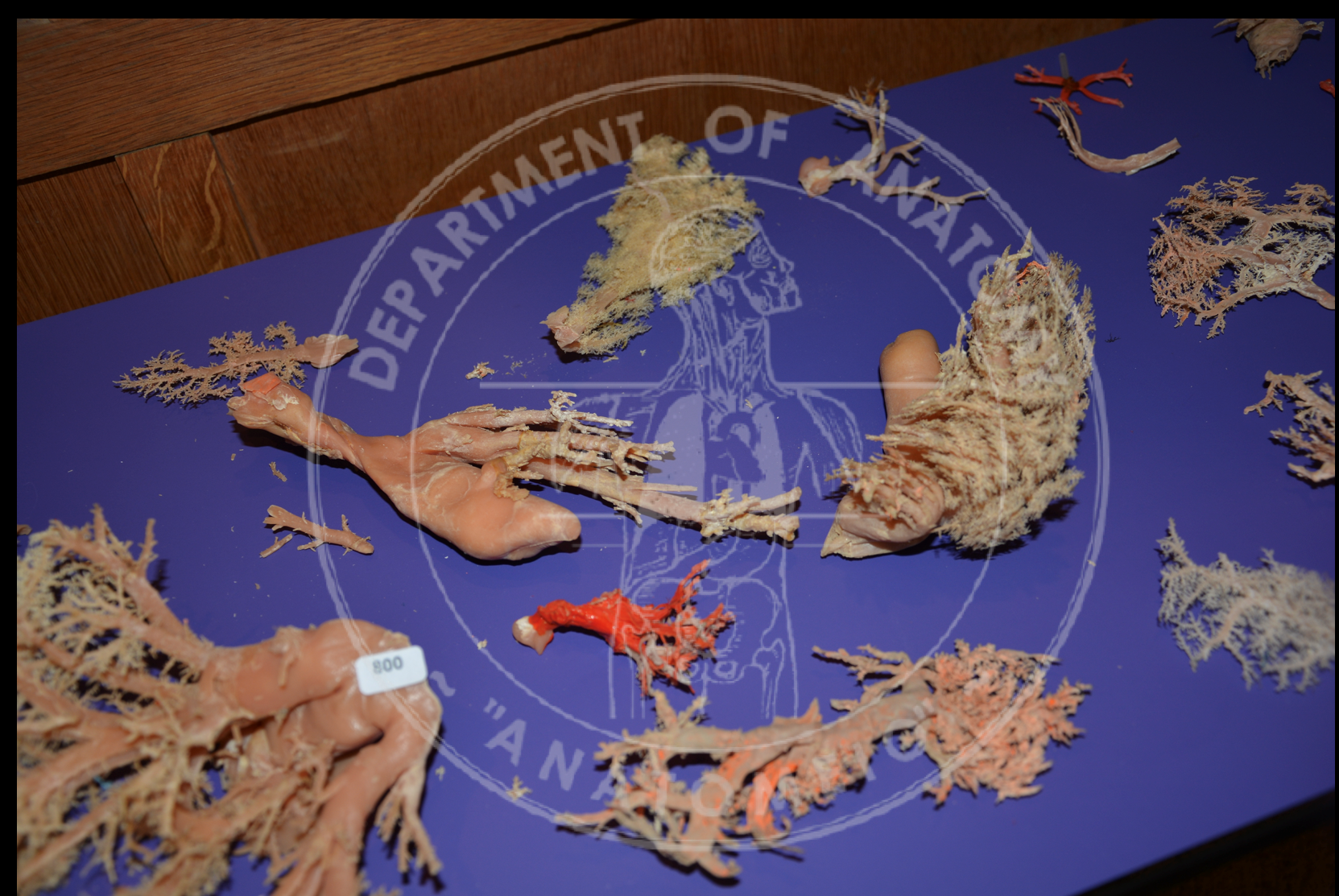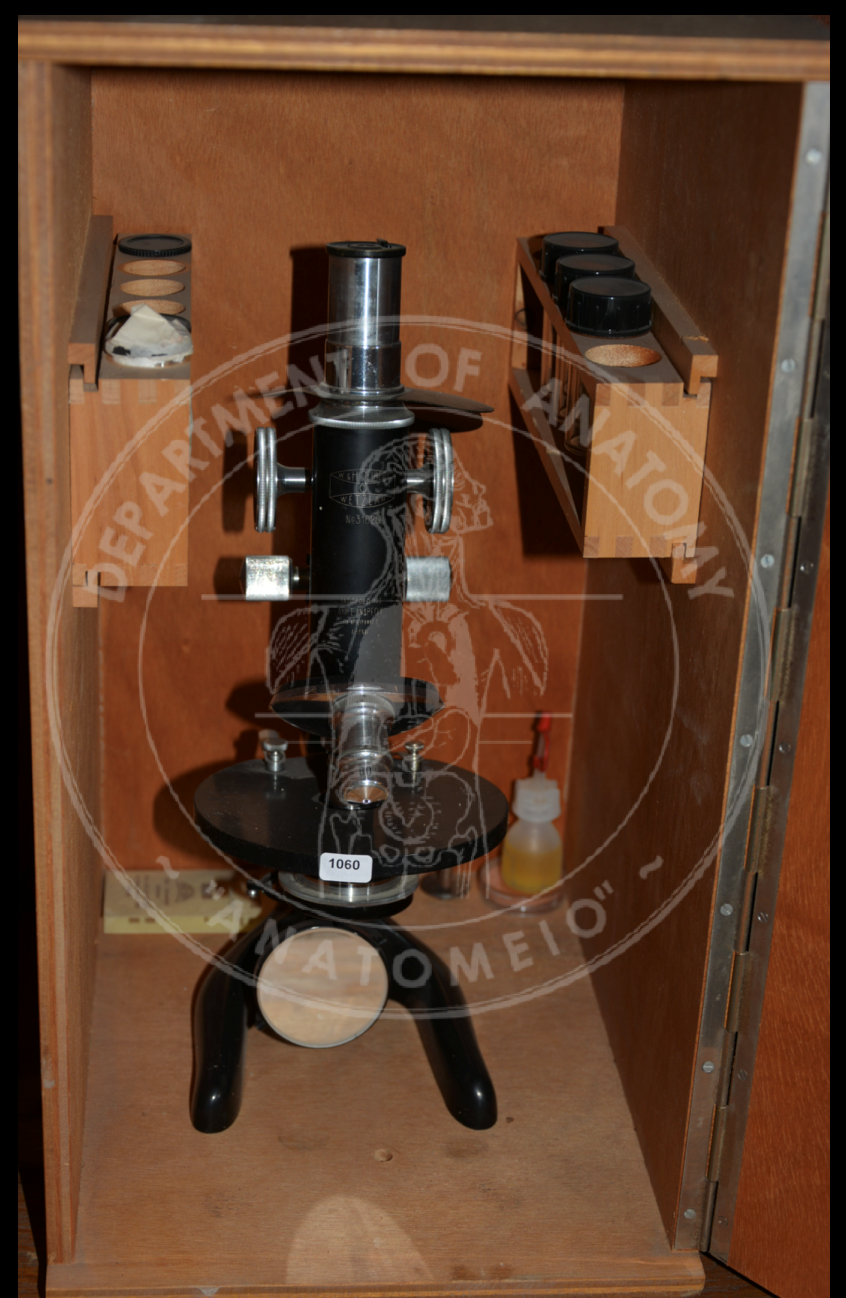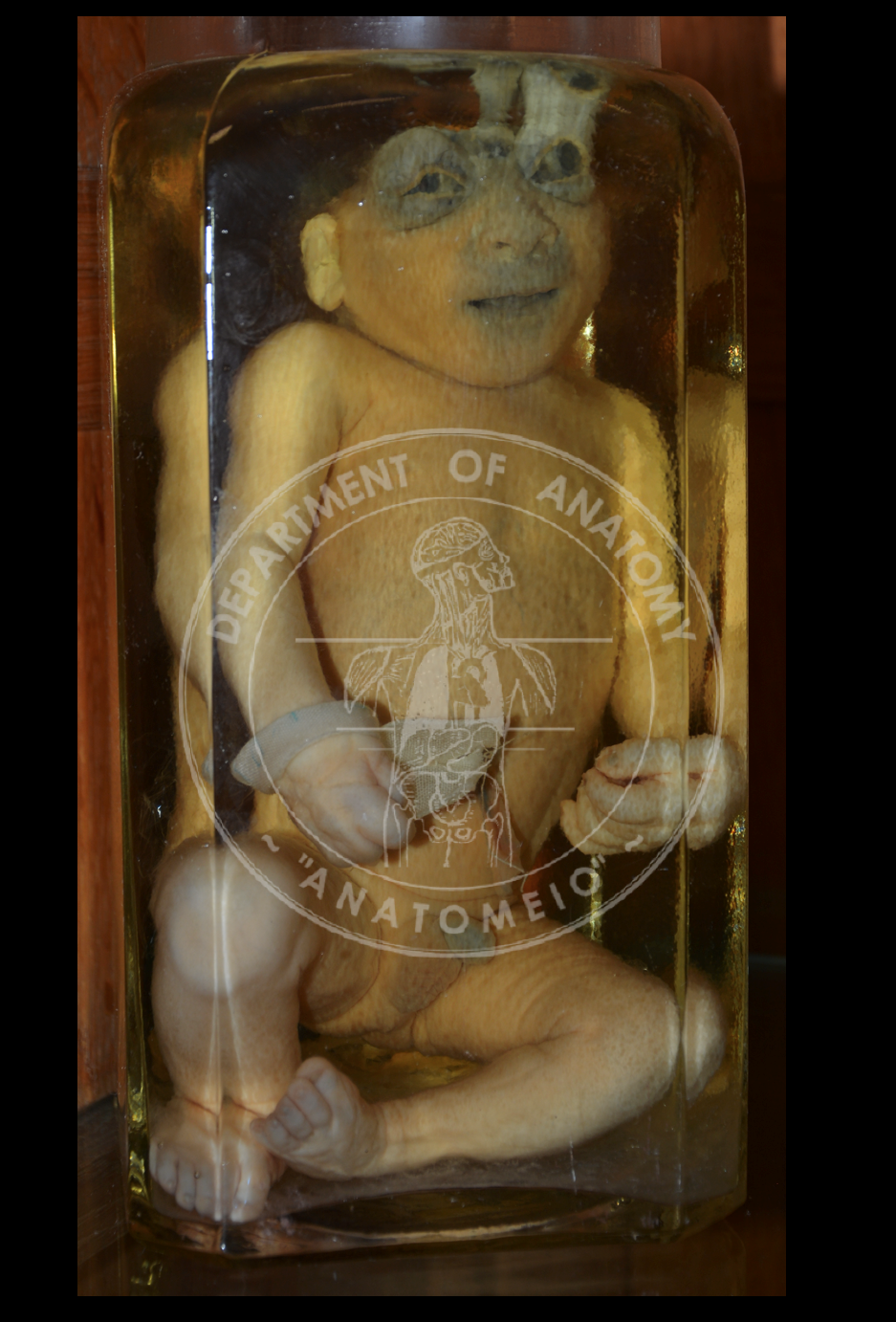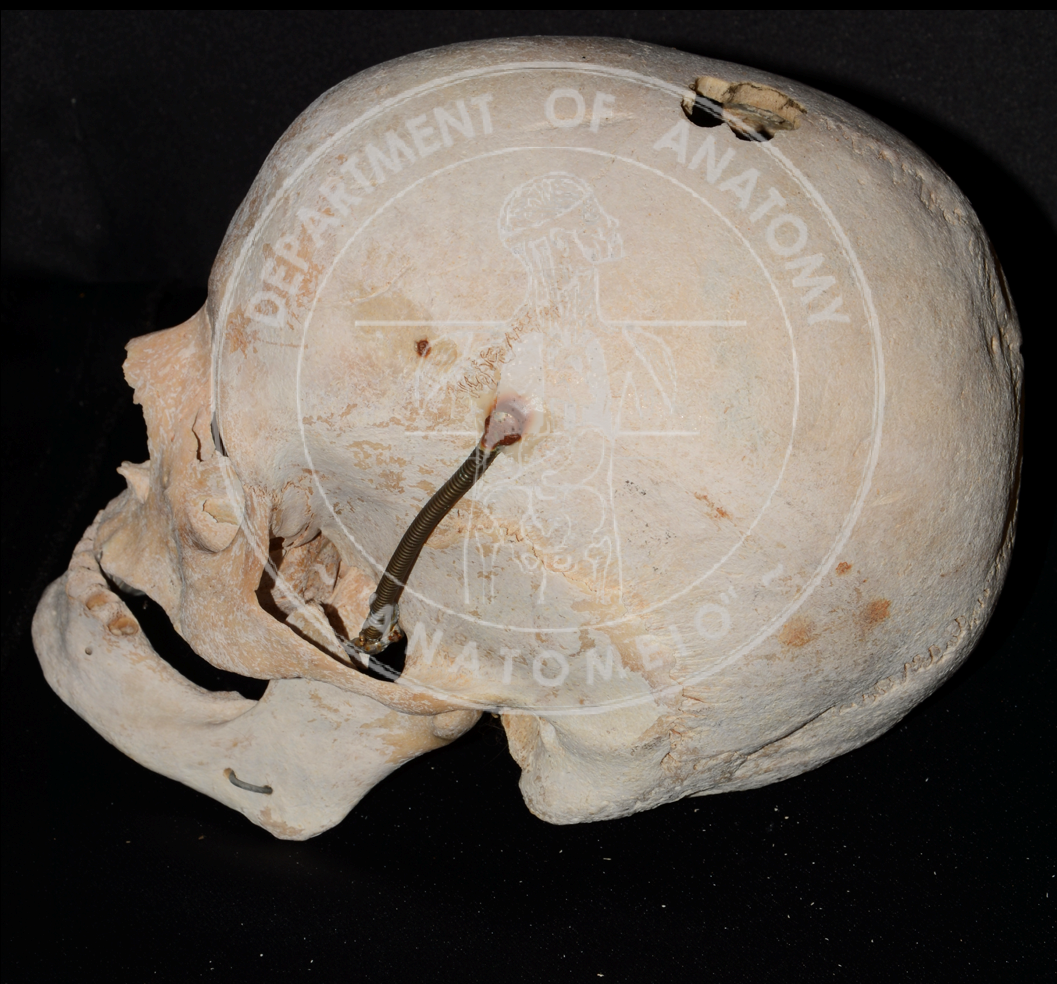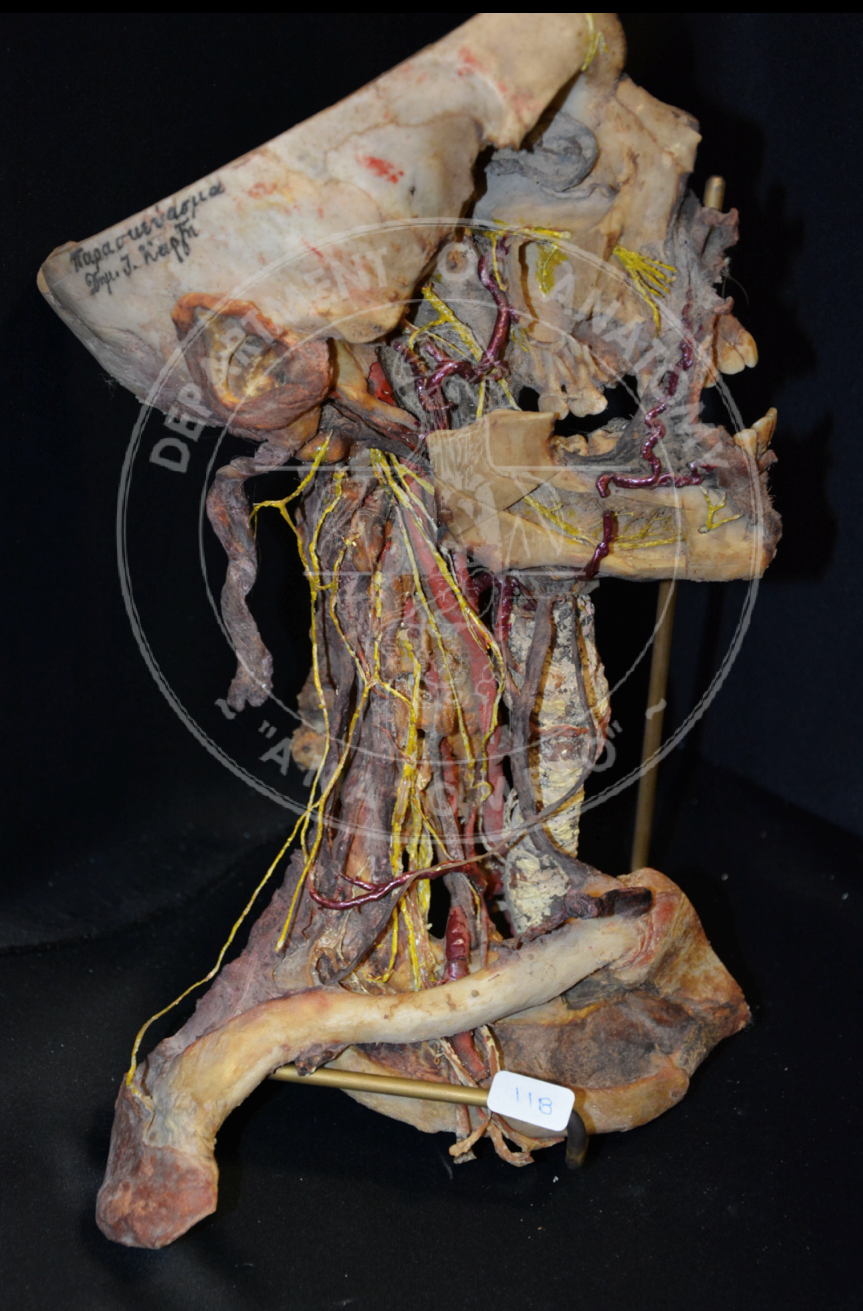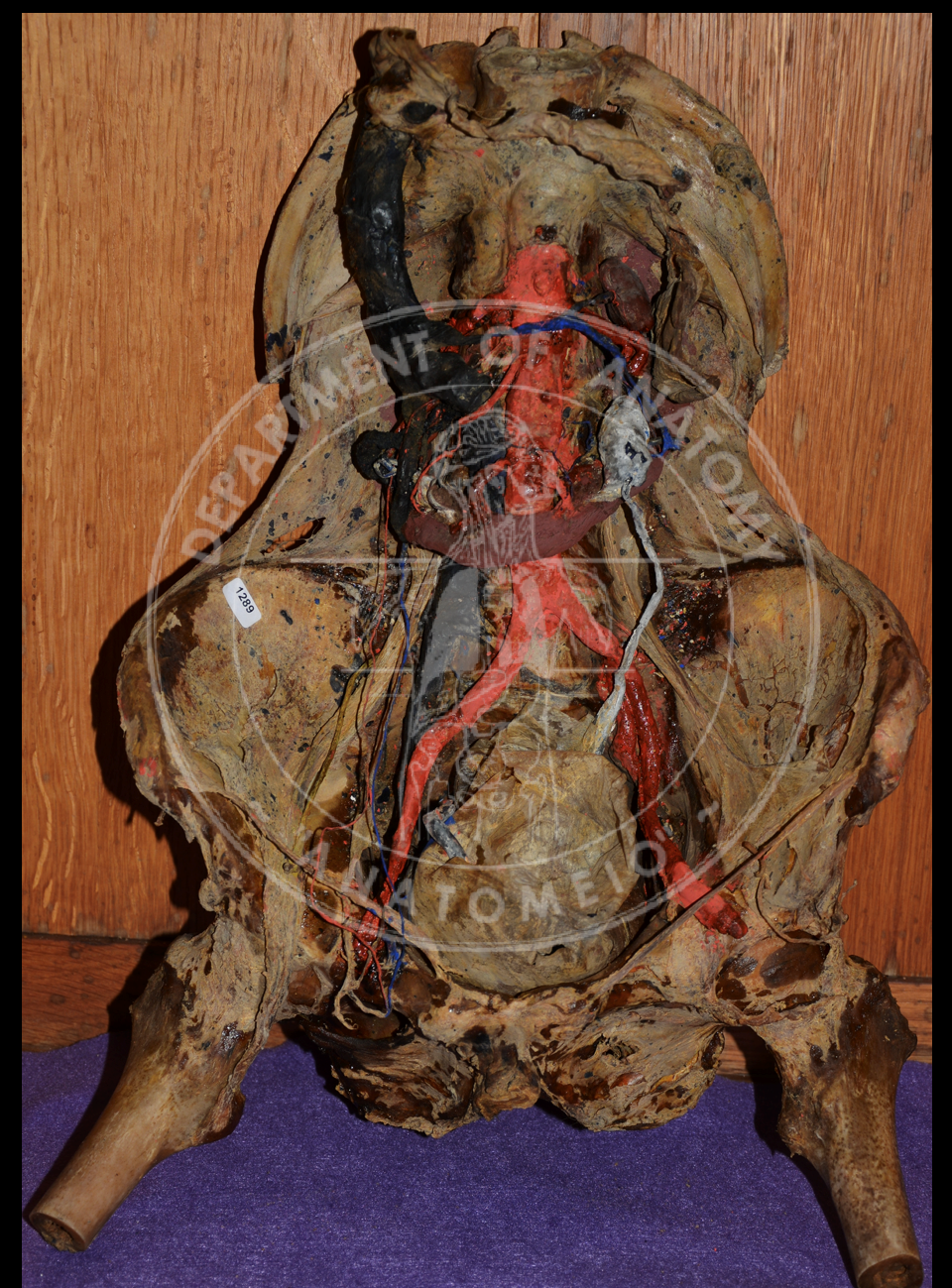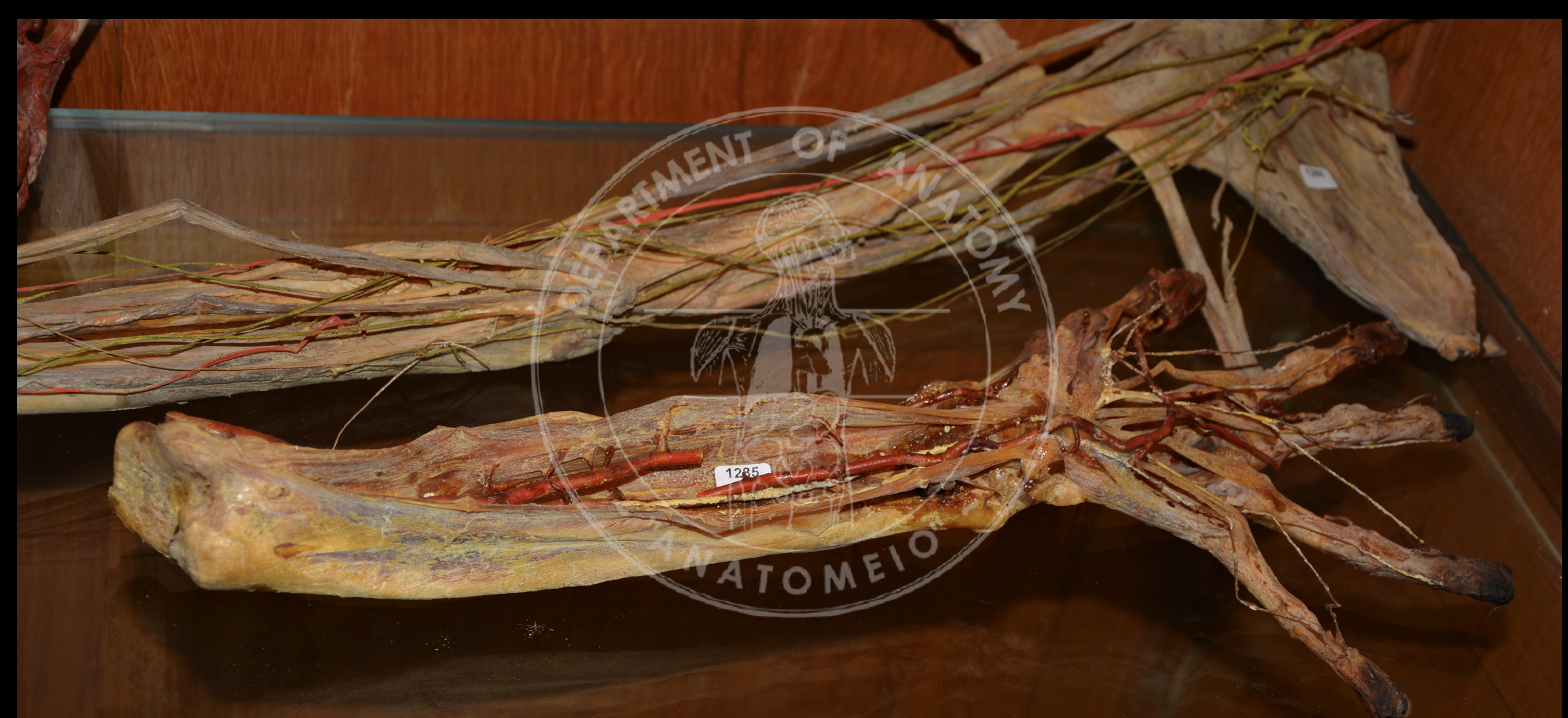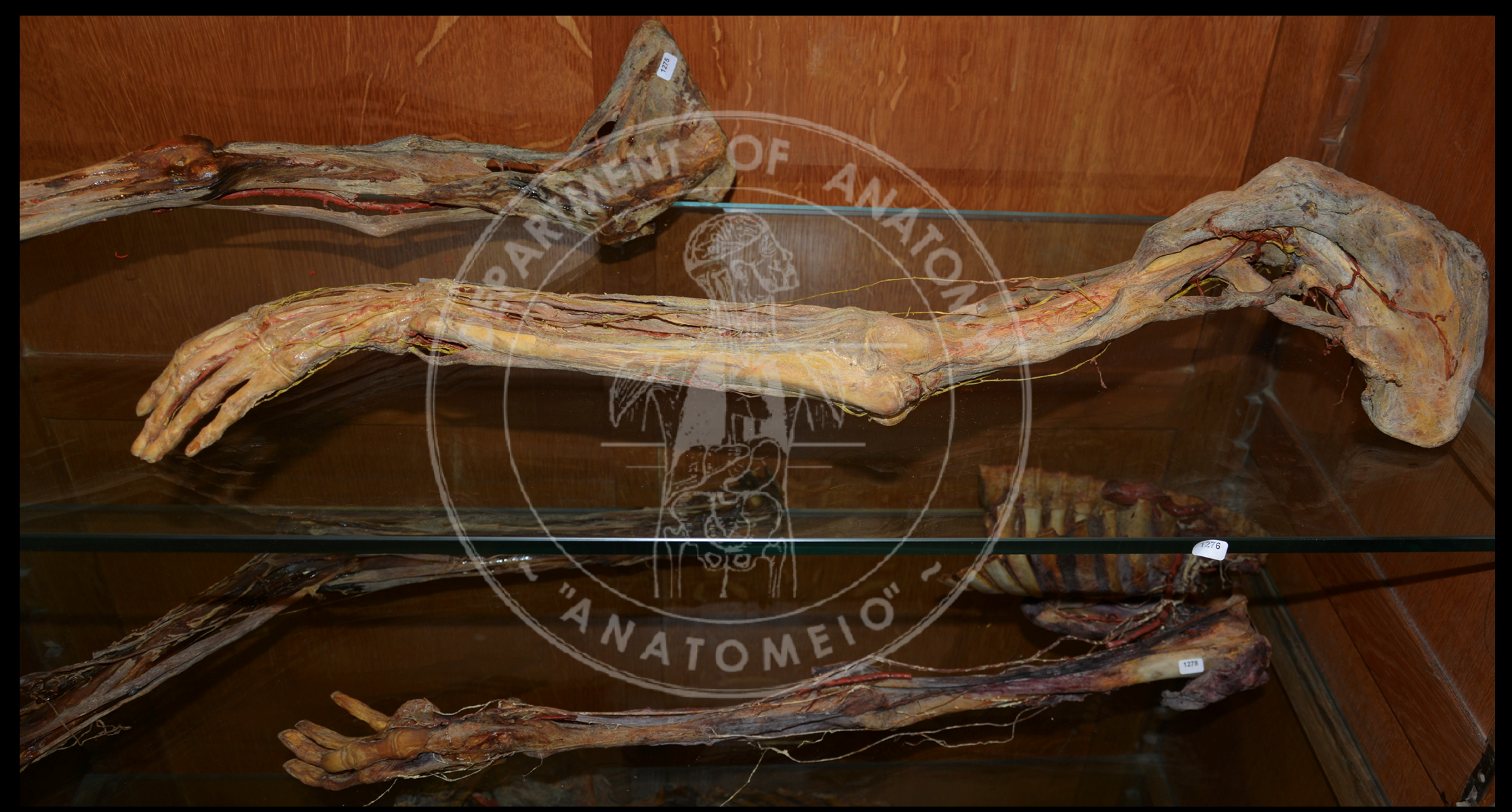Identity
The Anatomy Museum's mission is: A) To address at undergraduate and graduate level the teaching and research demands of the Medical School and other fields or departments of the National and Kapodistrian University of Athens on issues that fall within the museum's scope. B) The management, study, and publication of the findings included in the Collections of the Museum of Anatomy and deriving from research or educational activities of the Museum. C) The extensive collaboration with research centers and academic institutions in Greece and abroad provided that the scientific objectives coincide, align and add to those of the Museum of Anatomy. D) The participation in European educational and research programs that contribute to the mobility and collaboration of researchers, the exchange of teachers and students, and the propagation of scientific knowledge and experience. E) To organize scientific lectures, workshops, seminars, symposia, conferences, and other scientific events and invite Greek and foreign scientists of renowned esteem to such events. F) To communicate the intellectually cultivated knowledge to society in general. G) Finally, the Museum of Anatomy familiarizes the general public with the science of Anatomy.
History
In 1833, the great benefactor Georgios Sinas donated to the Medical School of the National and Kapodistrian University of Athens a human skeleton and a series of dry adults' skulls, while Georgios Manousis donated an optical microscope. King Otto donated the famous anatomical maps by Weber and Mascagni. Professor Georgiou founded the "Anatomy Fund" and collected various surgical instruments and anatomy maps from abroad. The scarcity of cadavers forced Georgiou to create dry anatomical preparations himself, injecting a colored mixture of wax, animal fat, and plant resins into the vascular system. During the academic year 1872-1873, Professor Georgiou received anatomical models from Paris, crafted by Louis Auzoux, and in 1883 the University bought the legendary collection of Konstantinos Valsamakis, professor at the Ionian Academy. The Valsamakis collection is a rare collection of models of wooden bones made by the Florentine anatomist Felice Fontana (1730-1805). The contents of the Valsamakis collection are: Miniatures of wooden statues depicting human muscles, wooden sculptures of bones, wooden adult and children skulls, representations of vertebrae, and spinal cord constructed with wax, plaster, and flax casts. Professor Lucas Papaioannou, in 1887, created a detailed collection of embryos. RigasNikolaidis (1856-1928) and his assistant Karzis molded dry casts of muscles, vessels, and nerves of the upper and lower extremities in the head and neck area. Nikolaidis also created excellent preparations of the trigeminal nerve and the facial nerve. Nikolaidis enriched the Museum collection with anatomical maps (depicting the origin and insertion of the muscles and the course of the nerves), with a complete embryological collection and some significant anatomical variations, such as the anomaly of the right subclavian artery, the abnormality of the medial jaw artery as well as abnormalities of the broad dorsal and biceps brachial muscle. Georgios Sklavounos (1868-1954) used the pyrography technique to describe the connection of the muscles to the bones by representing the cauterized points that were the muscles' attachment points. Professor Epaminondas Katritsis organized the Anatomy Museum, and in 1989, Professor Vlachos enriched the Museum with preparations of the brain and spinal cord. In 1992 Professor Nikolaos Papadopoulos (1992-2004) classified all the collected material of the museum. He personally handled the Museum's modernization and renovation. The famous writer's and academic Antonis Samarakis's corner was created when he donated his body to the Laboratory of Anatomy. Urology Professor Aristides Giannopoulos donated a rare collection of uroliths and nephroliths.
Types of audiences
The Museum of Anatomy pertains to health scientists, university students, the general public, and high school students.
Collections & Exhibitions
The Museum possesses a rich collection of dry, normal, and abnormal bones (dysplastic, osteoporotic bones, partially or fully ossified in the area of their ligaments), dry bones with abnormalities (intercalated bones, ossification of ligaments and skulls with auxiliary foramina), human tissues or animal tissues permanent preparations with formaldehyde. Also, wax, wooden, and plastic anatomical models. The Museum also exhibits two hundred (200) dry normal and pathological skulls of the Caucasian race and ten normal dry animal skulls. A large part of the Museum includes brain dissections, brain and spinal cord segments suitable for the thorough study of the central nervous system (C.N.S.). A few of its remarkable exhibits are the skeletons of a giant, a dwarf with achondroplasia, one with severe scoliosis, and another with multiple osteochondromas. Preserved exhibits (in a solution of ethyl alcohol and formaldehyde), dried preparations, and preparations preserved with wax or other infusions suitable to highlight the vanes, draining, arterial irrigation, and lymphatic system. In addition, there is a teratological collection with abnormal embryos with clefts, heart malformations, and other severe abnormalities. In another corner of the Anatomy Museum, there is an extensive collection of outdated surgical instruments and various microscopes. The Museum also exhibits preparations from different human body parts (ears, nose, tongue, larynx, pharynx, heart, lungs, female reproductive organs, and fetuses). In conclusion, the anatomy collection includes more than 800 preparations. About 60 of them highlight congenital anomalies of human and animal embryos.
Events & Activities
The Anatomy Museum organizes special events every year in order to address and attract a wider public.
Accessibility
The Anatomy Museum is accessible to physically challenged people, as it is located on the ground floor of the building where a special ramp (lift) exists.
Terms of Operation
The opening hours of the Anatomy Museum follow the working days and hours of the Medical School of the University of Athens, and visiting it requires special permission from the Secretariat of the Laboratory of Anatomy - "Anatomeio-Anatomy Lab."
Director: Professor Theodoros G. Troupis, Medical School Professor
Decision of Establishment
Government Gazette 86/issue A/23-3-1932 article 289 of Law 5343/1932

